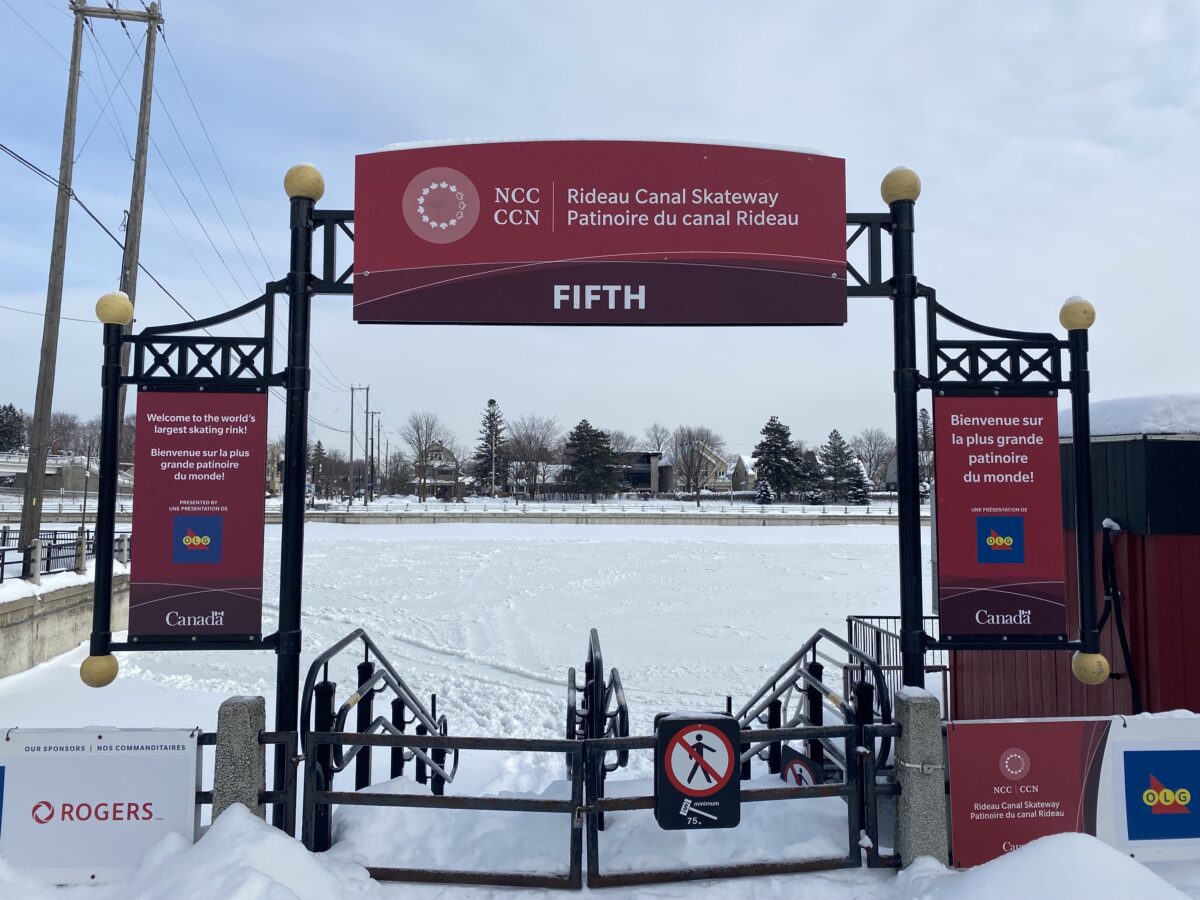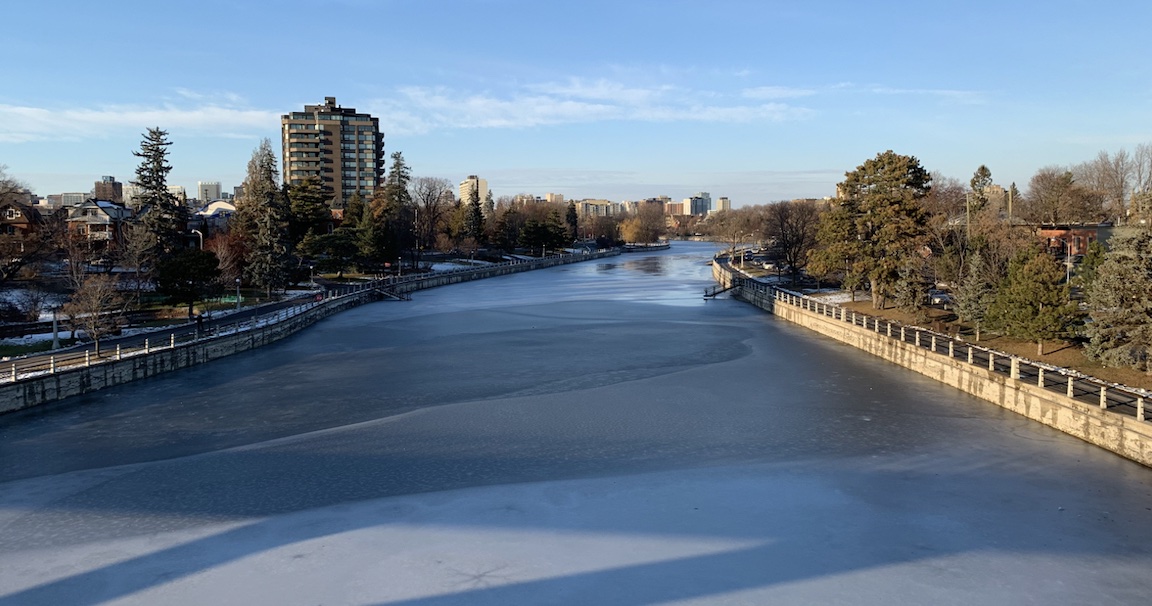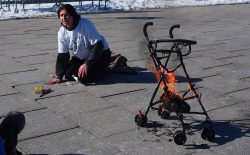When the Rideau Canal finally opened for skating on Feb. 18, the thrill of gliding on the ice was cut short as temperatures rose from -11C to just -4C, making it harder to maintain good ice conditions.
After the 2023 season of skating never happened, concerns have been growing sharply about the future of the Rideau Canal Skateway, something that researchers are working to preserve.
Carleton engineering professor Shawn Kenny, who leads a team of researchers working to improve ice conditions on the canal, says he believes the key to creating good surface for skating is when “the atmosphere is colder than zero degrees, and that removes the heat which allows the ice to grow.”
Under an arrangement with the National Capital Commission, which maintains the Skateway, Kenny has worked with graduate students as well as other researchers to figure out how best to keep the canal open despite warmer winter weather.
In the winter of 2023, for the first time since the Skateway was inaugurated in January 1971, the canal didn’t open for a single day. Conditions weren’t much better this past winter, when skaters were only able to glide along certain sections of the seven-kilometre-long Skateway for a handful of days.

According to a joint 2020 study by the NCC and the City of Ottawa, by the 2050s the “average annual temperature will increase by 3.2 degrees Celsius” and “winter will be shorter by five weeks.”
That bodes ill for the Canal.
Before embarking on the Canal research project, Kenny had investigated the nature of ice growth — specifically in Canada’s Arctic, where warmer temperatures have dramatically increased melting rates and thinned annual ice cover.
That work has helped inform Kenny’s research on the Skateway, which is being conducted in collaboration with Jeremy Laliberté from Carleton’s department of mechanical aerospace engineering, as well as Murray Richardson and Derek Mueller, both from the Carleton’s department of geography and environmental studies.
The aim of the research is to give the NCC data on how different approaches could help ice growth on the Rideau Canal and keep it operational as a Skateway.
“A lot of the technologies that we’d looked at are what we think of as low hanging fruit,” said Kenny — “technologies that have been used in other industries, but not necessarily applied to the Rideau Canal.”
These include the “snowbots” that have been used to clear snow off the Canal. The design of of these devices which was adapted from robots used on driveways. Snow acts as a blanket and traps the heat from the water preventing the ice from forming, Kenny says.
The Carleton researchers and NCC work crews have also tried different ways of flooding the ice testing whether it’s better to pull up water from the Canal — which has more impurities in it — or to use cleaner, clearer water from a tanker.
The NCC has 50 years of experience on the Canal ice which has to reach a certain thickness for public skating. It requires day and night temperatures to be low enough over a prolonged stretch to allow adequate ice growth.
A warm, sunny day “really affects the quality of the ice, and the strength (and) behaviour of the ice,” said Kenny. “It’s not that we just need another day of -10C to get it back to normal, we usually need two to three days of sustained temperatures below -10 — even the daytime temperatures — to really get that thickness back.”




